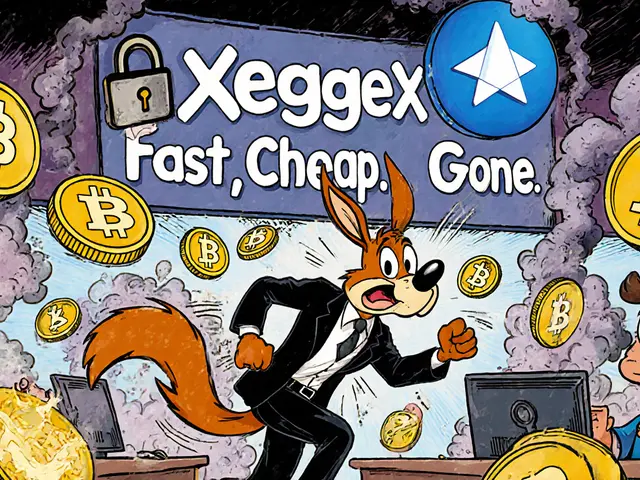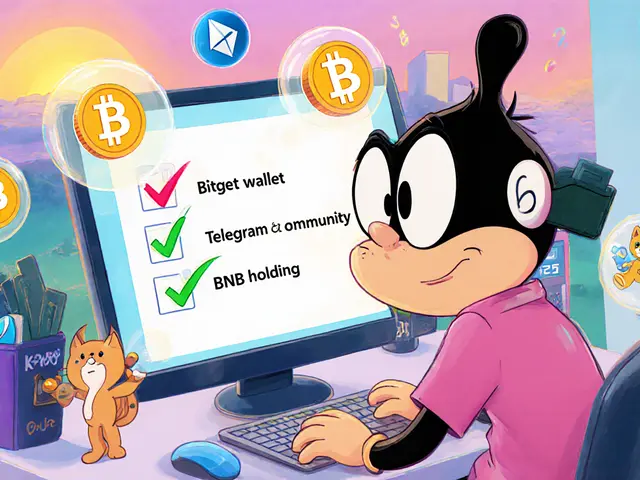Flash Loan Attacks: How Hackers Drain DeFi Protocols and How to Stop Them
When you hear about a flash loan attack, a type of blockchain exploit where attackers borrow large sums of crypto without collateral, execute a malicious trade, and repay the loan—all in one transaction. It’s not magic, it’s code exploiting loopholes in smart contracts. These attacks don’t require upfront cash. All they need is a flaw in how a DeFi protocol handles asset pricing, liquidity, or collateral checks. In 2021 alone, over $2 billion was lost to flash loan exploits, and the pattern hasn’t disappeared—it’s just gotten smarter.
Flash loans, a feature originally built into protocols like Aave to let users borrow crypto instantly with no collateral, as long as they repay it within the same transaction. It’s a powerful tool for arbitrage and liquidations—but also a weapon in the hands of attackers. How? They borrow $10 million in ETH, use it to artificially inflate the price of a token on a small exchange, then trigger a liquidation on a lending protocol that trusts that fake price. They walk away with the difference—and the loan vanishes because it was repaid in the same block. No trace. No collateral. Just profit.
Most flash loan attacks target protocols with poor price oracles, low liquidity pools, or weak reentrancy guards. Aave, one of the largest DeFi lending platforms, has been both a target and a defender in these attacks. Its flash loan feature is widely used, but its security model has also been tested—sometimes successfully, sometimes not. Other common victims include decentralized exchanges like SushiSwap and Curve, where token prices can be manipulated if there’s not enough trading volume. These aren’t theoretical risks. They’ve happened. Real money vanished. Real people lost.
So what’s the fix? Better price oracles that pull data from multiple sources. Liquidity requirements that make manipulation too expensive. Code audits that test for reentrancy and logic flaws before launch. And for users? Don’t assume a protocol is safe just because it’s popular. Check its audit history. Look at its TVL versus liquidity depth. If a token’s price jumps 300% overnight on a tiny DEX, that’s not a bull run—it’s a red flag.
The posts below dive into real cases, how they were pulled off, and which protocols learned the hard way. You’ll find deep dives on Aave’s flash loan mechanics, breakdowns of major exploits, and practical tips to spot risky DeFi projects before you deposit your funds. This isn’t theory. It’s survival in DeFi.







Categories